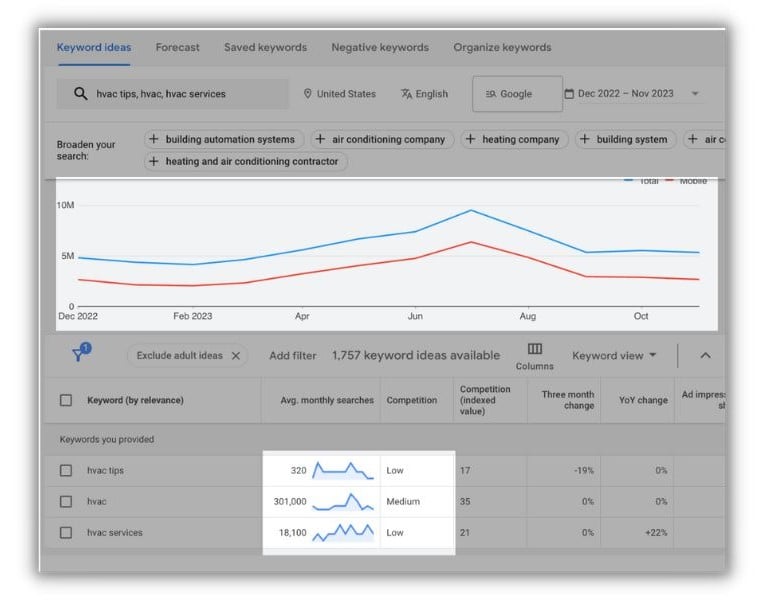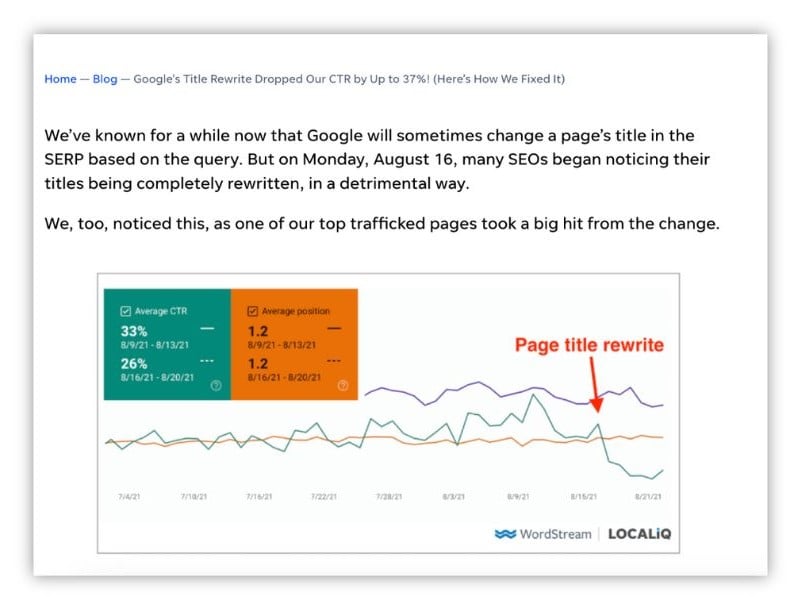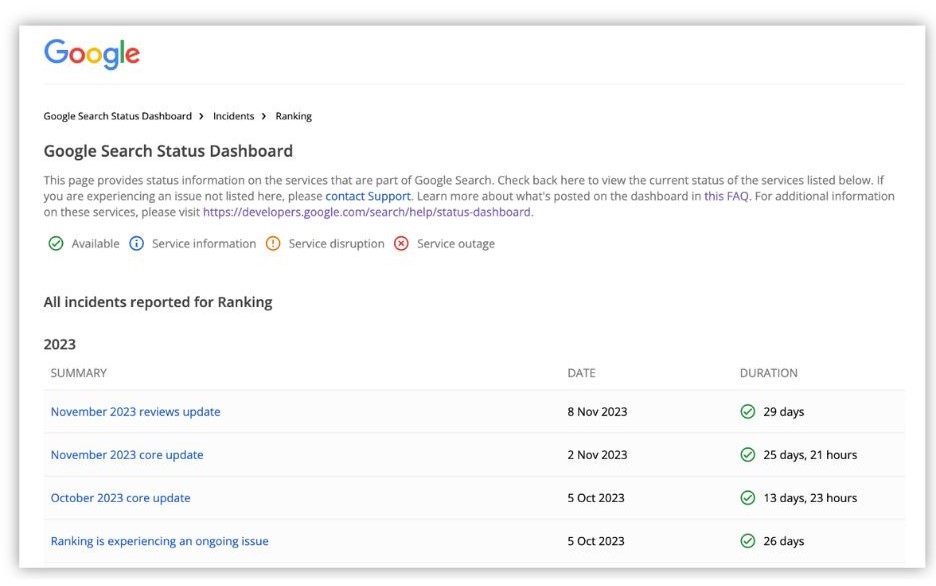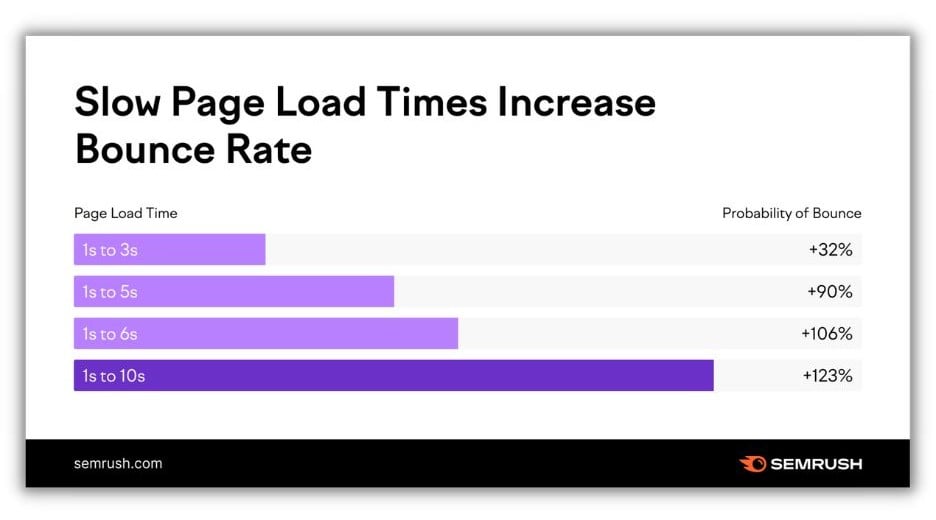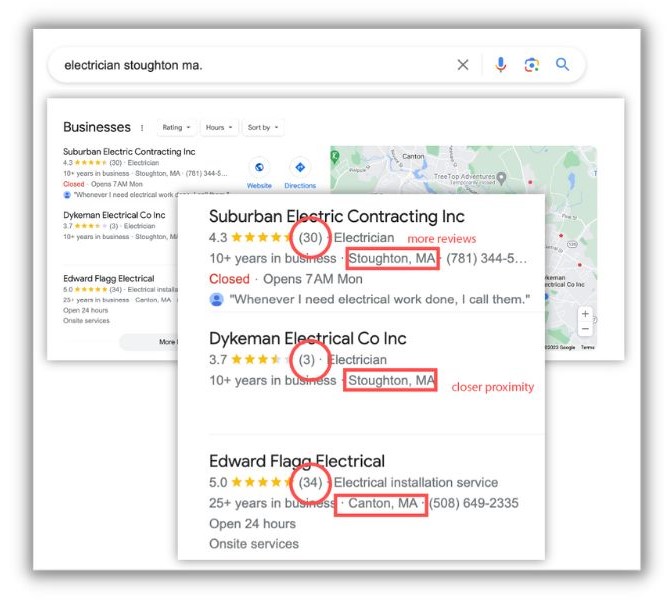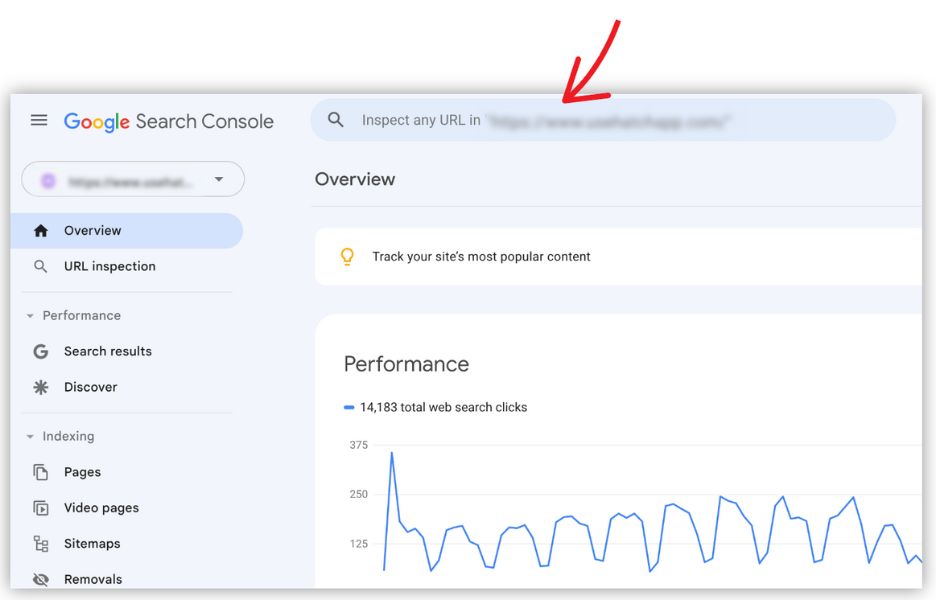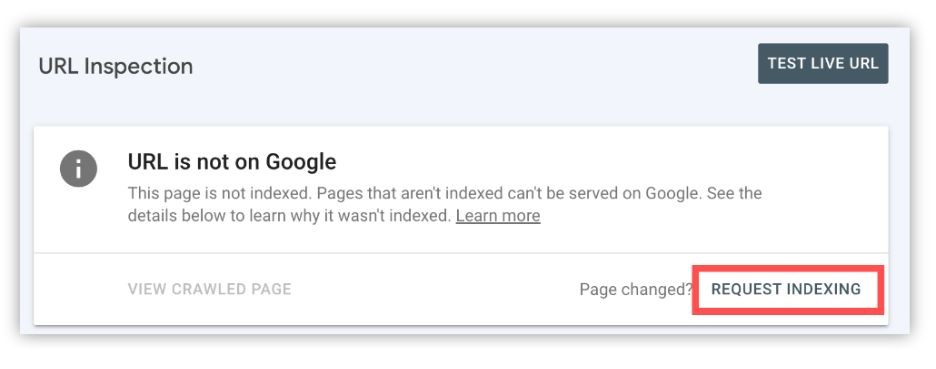The WordStream blog has been around and producing top-ranking content for over a decade. Suffice it to say that we know a thing or two about SEO. But all that we’ve learned has not come to us on a silver platter. It’s been through the challenges we’ve faced and how we handled them.
In this article, we’re sharing some of the most common SEO issues and what to do about them so you can keep your traffic and rankings in top shape.
Here are the six SEO issues we’ll cover:
- Keyword competition
- Not keeping up with algorithm updates
- Slow page speed
- Low local ranking
- Page not indexing
- Resource constraints
With the goal of SEO being to rank high and increase traffic, one might think that the only two SEO issues out there are a drop in ranking or a drop in traffic. But because SEO is dependent on so many practices, there is actually a slew of SEO issues that could be behind these performance dips. Let’s take a deeper look at six of them.
SEO issue #1: Keyword volume and competition
If you’re seeing less than stellar results for a piece of content, check up on the keyword volume (how many times the keyword is searched per month) and competition (how difficult it is to rank for the keyword). Depending on the keyword, you may see volume and competition fluctuations due to seasonal, cultural, industrial, and economic trends.
Also, some keywords simply get harder to rank for over time, while others get easier.
Keyword volume and competition can fluctuate for certain keywords.
How to fix it
Here are two recommendations for dealing with this pesky SEO issue.
Improve the quality of the content
If competition has gone up, make sure your content is up to date, in line with what other ranking results show, and refreshed with new links. Use our on-page SEO guide to make sure everything is optimized properly.
Target a mix of keyword types
Yes, high volume keywords can increase traffic to your site, but they can be difficult to rank for. By targeting lower competition and lower volume keywords, you can accrue traffic and engagement, which sends positive signals to Google and increases your SEO strength. This can help you rank faster—and maintain rank—for those higher competition keywords.
? SEO is just one way to get more visitors. This guide, 25 Ways to Increase Traffic to Your Website, will show you many others.
SEO issue #2: Not keeping up with algorithm updates
As technology advances, data increases, and machine learning gets more refined, Google is constantly updating its algorithm. The dozens of small updates it makes each month, like for spam, are usually harmless.
However, core algorithm updates, which target those stronger SEO signals, can cause strange fluctuations in traffic and performance. Examples of more impactful updates include the page experience update, page speed update, and the page title update.
The page title update caused some major problems for us!
How to fix it
Fixes for this depend on exactly what’s happening.
Update pages
Sometimes, with an algorithm update, some of your old content simply loses its value in relation to other content on the web. In this case, you’ll want to examine any pages that dropped in traffic and look for updates you can make. While this can be disappointing, you may also find that some of your newer content begins to rank higher.
Give it time
Other times your traffic drops because the changes to the algorithm may shift the way things rank initially, putting some pages on top that shouldn’t be there. Since the algorithm factors in user behavior, the pages end up in their right places over time. In this case, the best thing to do is to let the results pages settle. Wait about 30 days to see if the page finds its way back to its due ranking.
Stay in the know
Regardless, it’s best to stay on top of algorithm updates. Know what they are ahead of time so you can prepare if possible, and once they happen, use SEO forums to see if other people are experiencing the same problems. SEO Roundtable, the Google Search Central algorithm update blog, and Google’s ranking updates release history can be really helpful here.
Use the Google Search Status Dashboard to stay in the loop on algorithm and ranking updates.
Focus on quality
Though the Google algorithm is always evolving, it’s not exactly a moving target. That’s because its goal is always the same, and that is to surface the highest quality content for searchers. As long as you create evergreen content using Google’s E-E-A-T principles, you can minimize the impact of algorithm changes on your traffic.
SEO issue #3: Slow page speed
Another common SEO issue is slow page speed. Google does not like pages that load slowly because users don’t like pages that load slowly. In fact, after about five seconds, every one-second delay reduces user satisfaction by 16% and decreases conversion rate by 4%.
Source
Google has always prioritized page speed, but it became even more important in 2021 with the page experience update and introduction of Core Web Vitals.
How to fix it
There are many reasons for slow page speed. Luckily, the Core Web Vitals report within Search Console and Google’s PageSpeed Insights tool will help you identify the culprits. Here are some of the common ones.
Compress large files
Make sure your images are compressed to the smallest file size without compromising quality. You can usually get a good image at around 70-100KB. There are plenty of free compression tools like Tinify. Also, be careful with videos and GIFs. Embed videos wherever possible and avoid or compress GIFs, as they can take up a LOT of space.
Compressed images are much smaller in size but still look the same, as you can see in this example.
Optimize your code
There are different ways to do this. For example, minification involves reducing excess characters from the code; asynchronous loading allows elements to load at the same time; and lazy loading loads the visible elements on a page first.
Enable caching
Caching occurs when your browser saves a copy of a webpage so that when a user returns to it, it doesn’t have to reload the entire thing. You can enable caching at the browser or server level on your site.
You can find more tips for improving page speed here.
SEO issue #4: Low local rankings
Another common SEO issue, which impacts small businesses in particular, is local ranking. When you search for your service, you’re either not showing up or you’re seeing competitors rank higher than you. This is a big problem since so many buyer journeys start with a search engine.
How to fix it
Luckily, the fix for this is pretty easy. It’s all about local SEO. We offer a free Local SEO course via LocaliQ’s Marketing Lab, but here are some basics.
Do your local keyword research
Make sure your website targets keywords that represent your services and your location. Include those keywords in page titles, URLs, headings, image files, alt text, and body text.
Optimize your listings
Get on the top business directories and fill out your profiles completely. Leave no sections blank and keep your information as consistent as possible across platforms.
Get more reviews
This one is huge. Reviews are a major ranking factor in local SEO. Use our post on how to get more Google reviews so you can stand out above competitors in results.
In some cases, however, competitors are going to win out simply due to proximity. In the example below, I searched “electricians stoughton.” While Edward Flagg has the most reviews and is open, it ranks below both Suburban and Dykeman because those two companies are in Stoughton. In this case, you can’t do a whole lot to improve your ranking.
SEO issue #5: Pages not indexing
If a page is set to “index,” this means Google can find it, categorize it, add it to its index (picture a big website page library), and retrieve it for relevant searches. In simple terms, “indexed” means “it can show up on Google.”
There are certain cases where you will deliberately de-index a page—such as with duplicate or gated content. But there are times when a page you want to be indexed is not indexing.
How to fix it
This SEO issue has a few steps you can take to resolve it.
Check the page settings
First and foremost, check to see if the page was accidentally set to “no index.” This will look different depending on the website builder you use. Sometimes it’s a snippet of code and other times it’s a simple checkbox.
Request indexing
If the above setting was the issue, make the fix and then submit the page for indexing. You can do this by going to Google Search Console and entering the URL in the box at the top.
Once Google retrieves the URL, you’ll see the option to request indexing:
Further inspect the URL
If you can’t figure out the issue, take the same step above of inputting the URL into Google Search Console. Google can help you troubleshoot why it’s not indexing. Once you make the fix, submit for indexing.
Add links
Google is always re-crawling sites to update its index with new pages. So, it can usually be counted on to find new pages you publish on its own. But some pages are harder to find than others. When you publish a new page, make sure there are links pointing to and from it so that there are multiple ways for Google to access the page.
Republish the page
We’ve had blog posts where, despite doing all the steps above, they just couldn’t find their way onto the SERP. If this is the case, unpublish the page, copy the code onto a new page, and try republishing.
SEO issue #6: Resource constraints
This final SEO issue is not on the search engine side but on the real-life side. That is, budget, bandwidth, and skill. SEO is not just one action, nor is it a one-time project. Effective SEO is a set of practices that you have to do consistently over time—like publishing fresh content, updating old content, checking in on technical website health, building and monitoring backlinks, optimizing images, and more. If you’re not seeing the results you want, it could be that you’re not investing enough of what it takes to see returns.
How to fix it
SEO is a long-term strategy that takes work, but the compounding results are well worth it. If you’re finding that you’re limited by budget or manpower, here are some things you can do.
Use an SEO agency
If you have the budget but not the bandwidth, consider outsourcing your SEO to an agency. They can take care of everything for you, from one-time actions to ongoing best practices.
Hire an SEO freelancer
If you have less budget but more bandwidth, you might consider hiring a consultant to audit your site and identify action items that your team can then carry out.
Use free SEO tools
If you don’t have the budget but you have the skill, there are several SEO tools you can use to audit your site and identify problem areas. And there are also plenty of free SEO courses and resources out there to help you implement the right fixes.
? Use our free Website Grader to see if your site is performing at its max potential.
Get your SEO issues resolved now
SEO is an ongoing practice that requires attention to several different areas of your website. You’ll need effort up-front, but once you start seeing results, your traffic and rankings will compound on one another, and good performance will get easier over time. And if you run into any of the SEO issues we covered in this post, you’ll know what to do!
To recap, here are the most common SEO issues:
- High keyword competition or low volume
- Algorithm updates
- Slow page speed
- Low local ranking
- Pages not indexing
- Resource constraints

